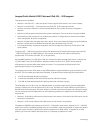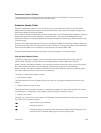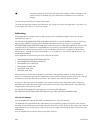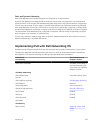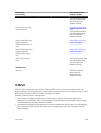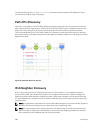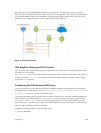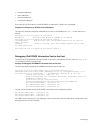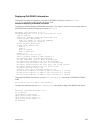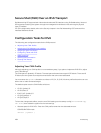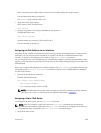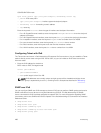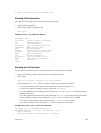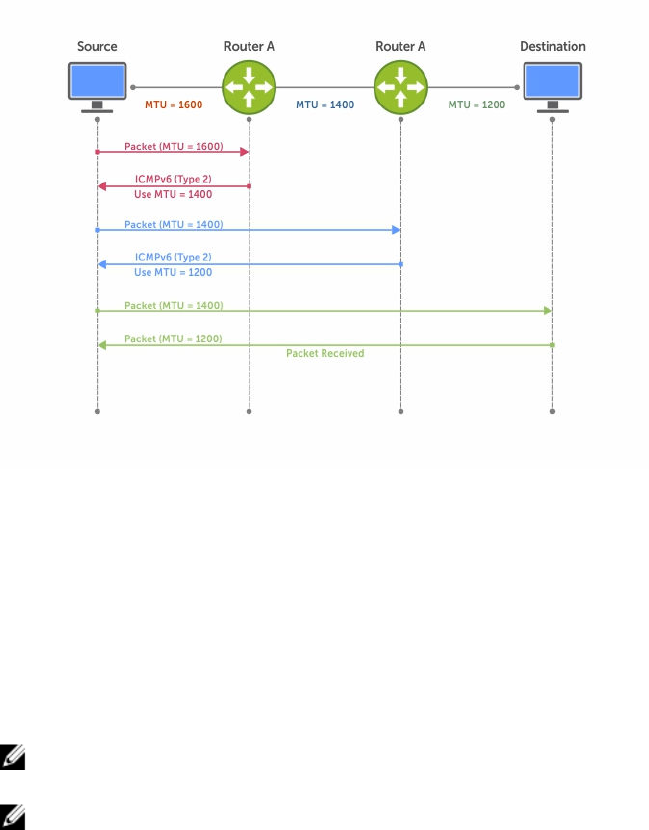
The Dell Networking OS ping and traceroute commands extend to support IPv6 addresses. These
commands use ICMPv6 Type-2 messages.
Path MTU Discovery
Path MTU, in accordance with RFC 1981, defines the largest packet size that can traverse a transmission
path without suffering fragmentation. Path MTU for IPv6 uses ICMPv6 Type-2 messages to discover the
largest MTU along the path from source to destination and avoid the need to fragment the packet.
The recommended MTU for IPv6 is 1280. Greater MTU settings increase processing efficiency because
each packet carries more data while protocol overheads (for example, headers) or underlying per-packet
delays remain fixed.
Figure 48. Path MTU Discovery Process
IPv6 Neighbor Discovery
NDP is a top-level protocol for neighbor discovery on an IPv6 network. In lieu of address resolution
protocol (ARP), NDP uses “Neighbor Solicitation” and “Neighbor Advertisement” ICMPv6 messages for
determining relationships between neighboring nodes. Using these messages, an IPv6 device learns the
link-layer addresses for neighbors known to reside on attached links, quickly purging cached values that
become invalid.
NOTE: If a neighboring node does not have an IPv6 address assigned, it must be manually pinged to
allow the IPv6 device to determine the relationship of the neighboring node.
NOTE: To avoid problems with network discovery, Dell Networking recommends configuring the
static route last or assigning an IPv6 address to the interface and assigning an address to the peer
(the forwarding router’s address) less than 10 seconds apart.
460
IPv6 Routing



